Intro to Landscape Architecture (FINAL EXAM)
1/103
Earn XP
Description and Tags
The Date for the FINAL, will be on WENESDAY, MAY 07,2025. AT 0800-1000.Total of 18 Questions & 2 Bonus Questions. The exam is a closed-note and closed book exam.
Name | Mastery | Learn | Test | Matching | Spaced |
|---|
No study sessions yet.
104 Terms
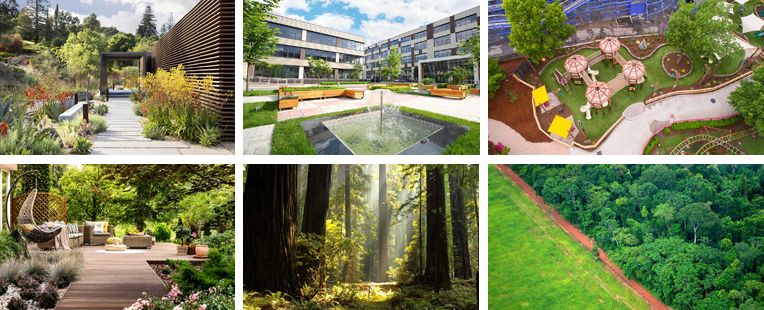
What is Design Variety?
A type of design practice specializes in:
Living, Working, Playing, Learning, Healing, Protecting, and Restoring.
The Goals of this type of Practice include:
Healing, protecting, and restoring the landscape
Can greatly impact where and how people live, work, play, and learn.
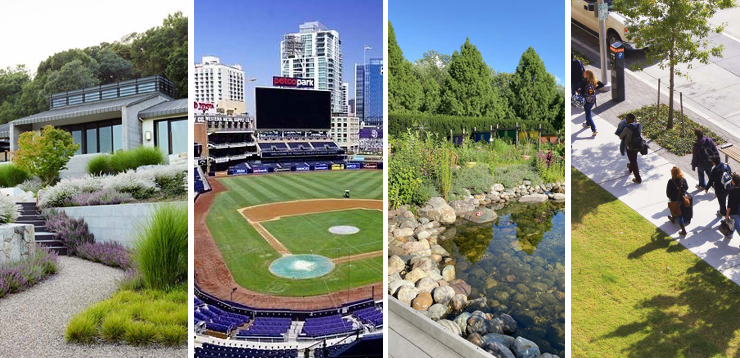
Design Variety
What are the types of Work?
Urban Revitalization
College Campuses
Landfill and Mine restoration,
Farmland preservation
Storm Water Management
Waterfronts
State and County Parks
Sporting facilities
Streetscape and Transportation Systems
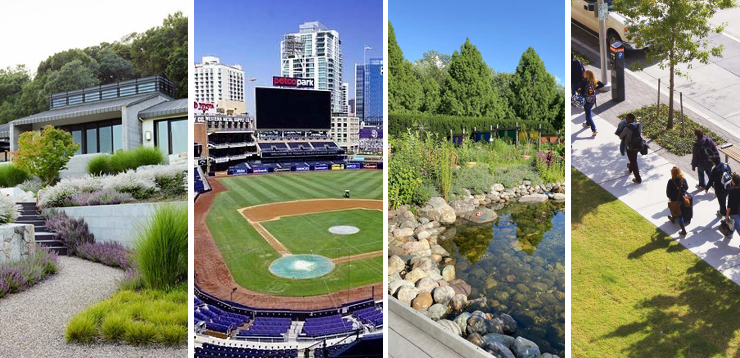
What is the ASLA Survey of Profession?
What are the Service Areas?
Design, Planning, Preservation, Public Policy, Management, and Research.
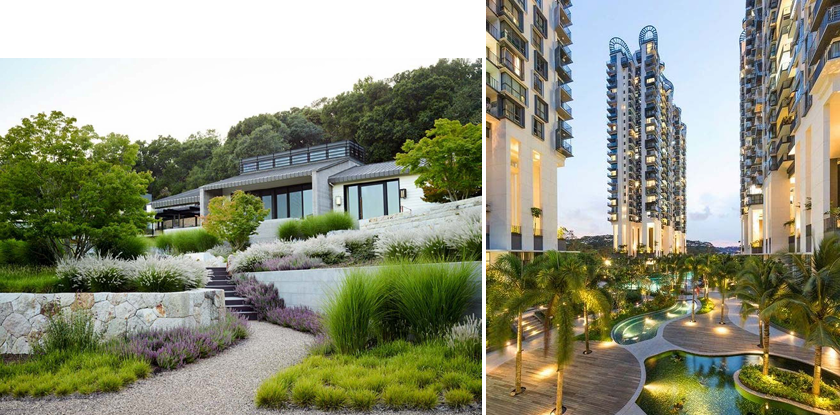
Define “Living Designs”
Can be defined as a single-family home on private Property, or an urban development project in a residential community.
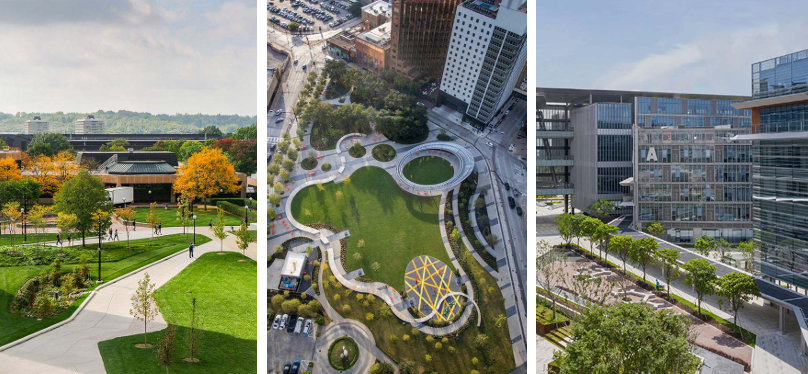
Define “Working Designs”
Courtyard areas and Public Plazas
Office/Corporate Campuses
Public Transit Hubs
Schools and Universities
Museums
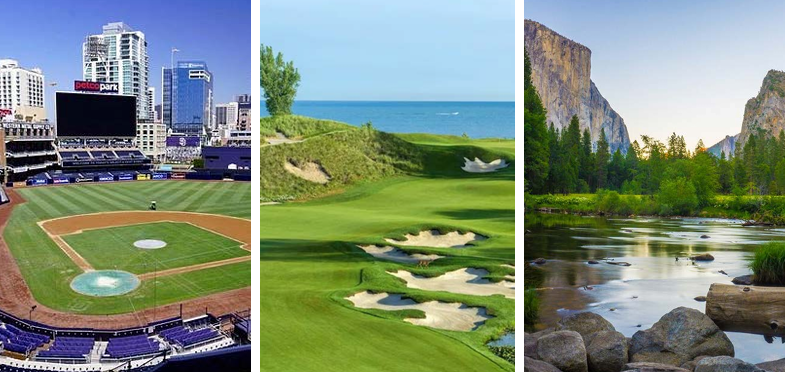
Define “Recreational Designs”
Sports Fields
Linear Parks and Trails
Golf Courses
Botanical Gardens
Resorts
Playgrounds
National Parks Forests

“Protecting and Restoring”
What does this type of design involve?
Involves conducting detailed investigations and preparing design proposals for restoring historical sites to large scale planning in…
Protecting watersheds and researching sea level rise scenarios in coastal areas.
In ALL PROJECTS, Landscape Architecture MUST balance Aesthetic and functional Factors.
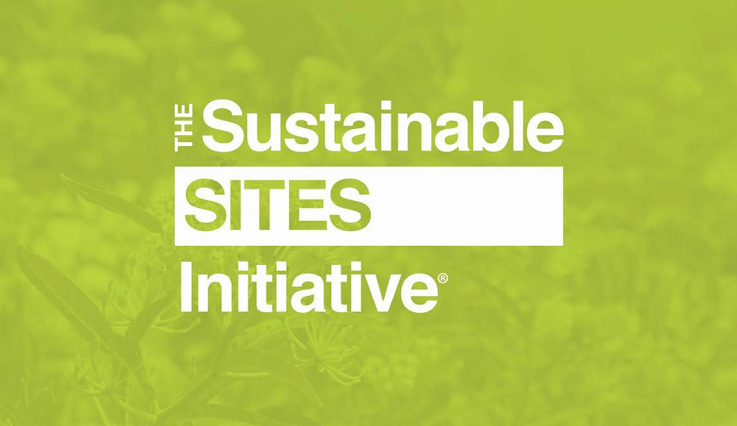
Define the SITES rating system?
It is a rating system that guides, evaluates, and certifies a project’s sustainability in the Planning, Design, Construction and Management of Landscapes and other Outdoor Spaces.
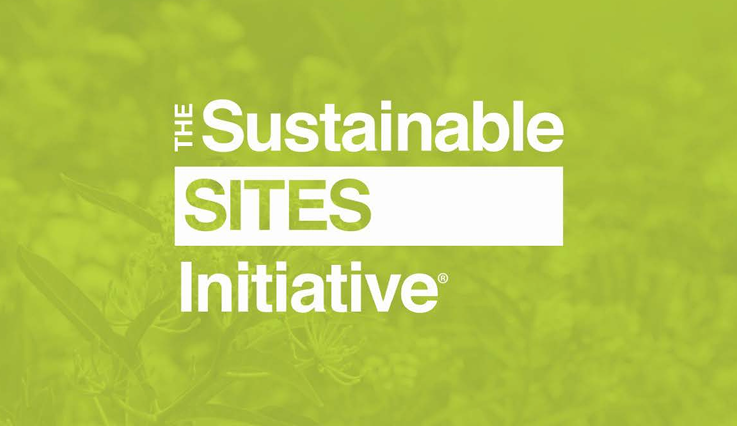
What does SITES support?
Landscape Architects & Planners in Implementing Nature-Based solutions.
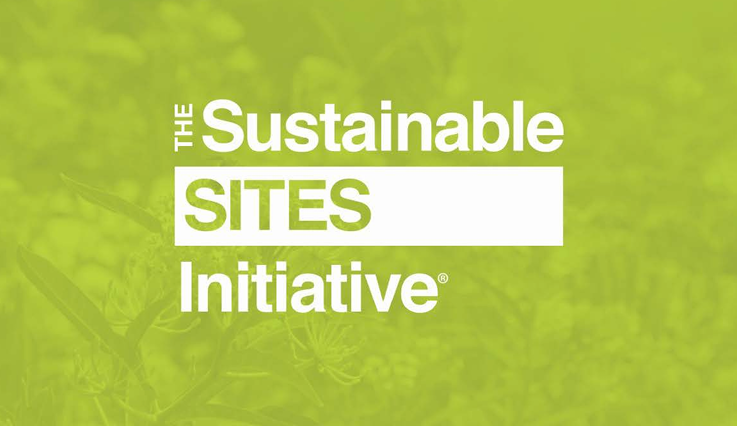
The Sustainable Site Initiatives:
How does SITES help in the Project?
Enhances Biodiversity and mitigates climate Change, while also conserving resources.
SITES also help in improving public health and protecting critical ecosystems.

Who is the producer of SITES?
The Green Business Certification Incorporated owns exclusive rights to the SITES Rating Systems, its publications and trademarks.

How is the material on the SITES Rating Systems developed?
It is developed through the American Society of Landscape Architects (ASLA) collaborative, interdisciplinary effort.
Is funded by: The Lady Bird Johnson Wildflower Center at The University of Texas at Austin, and The United States Botanic Garden.
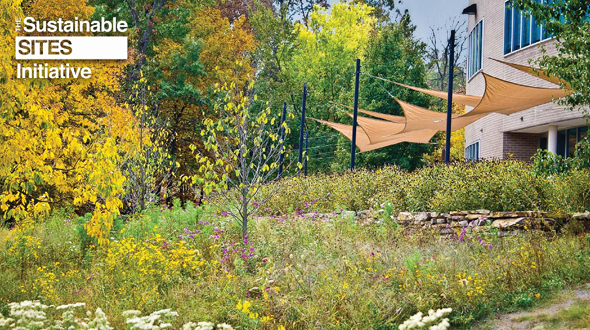
What does the SITES Rating System provide?
SITES provides a comprehensive framework for designing, developing, and managing sustainable and resilient landscapes and other outdoor spaces.

How does the SITES initiative help a project obtain a path toward certification?
SITES helps reduce the water demand, filter and reduce stormwater runoff, and enhance biodiversity.
While also providing pollinator and wildlife habitats, reducing energy consumption, improving the air quality, human health, and increasing outdoor recreation opportunities.
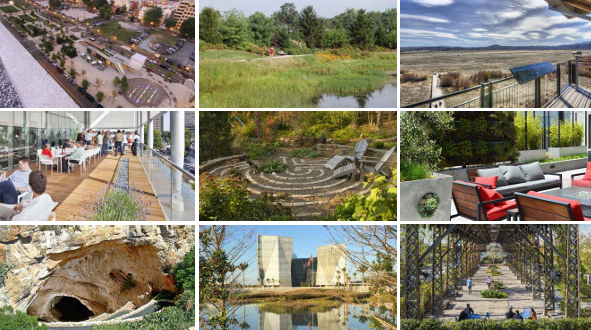
What kind of Projects utilize the SITES?
Can be applied worldwide to a variety of project types (With/without buildings), including:
Outdoor spaces:
Local, State, and National Parks; Botanic Gardens; Arboretums.
Streetscapes & Plazas:
Municipal zones, transportation hubs
Commercial:
Retail and office areas, corporate campuses.
Residential:
Neighborhoods or Community areas.
Educational & Public Institutions:
Public and Private University campuses, Museums, and Hospitals.

How are the SITES Systems Rated?
It is rated on a 200-point system with four (4) Certification Levels of Achievement.
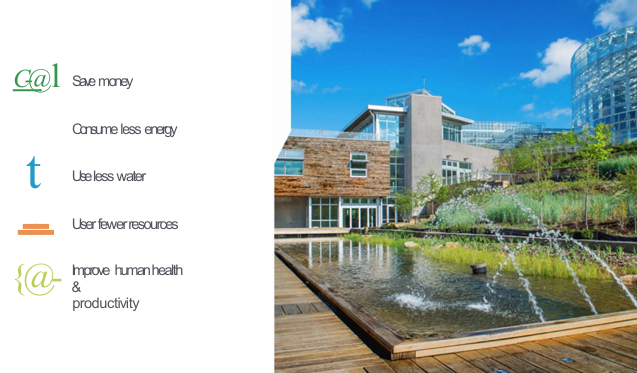
In quote: “Designing for all People means Landscape Architects must work with allied professionals”
Who are the allied professionals?
Related Professionals Include:
Architects, Civil Engineers, Hydrologic Engineers, Transportation Engineers, Urban/Regional Planners.
Soil Scientists, Arborists, Ecologists, Geologists, Archeologists, Sociologists, Horticulturalists.
Irrigation Consultants, Real Estate Professionals, Marketing Experts.
Graphic Designers, Lighting Designers, Designers, and Artists.
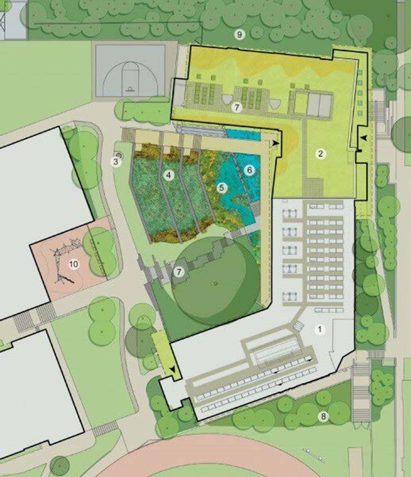
Identify the Project:
Name of Project & Architectural Designers?
Design Type?
Sidwell Friends Middle School, Washington, D.C
Andropogon Associates (Firm)
Landscape Architecture
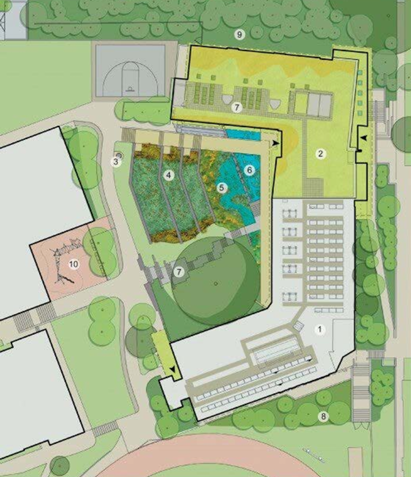
Identify the Project:
Describe the project:
The Landscape Architectural Firm “Andropogon Associates” has worked with Kieran Timberlake Architects to completely rethink how a school building can serve not only as a place to serve the needs of the students.
However, it can also be used as a hard-working piece of green infrastructure and an outward-facing demonstration of what is possible in sustainable design.

Describe the benefits of the sustainable design of the school
Serves students from grades 6-8.
Manages almost all of its water uses, cleaning, and recycling through a series of mechanical and natural processes.
Displaying safety systems at work and making the display a fully integrated part of the curriculum of the school.
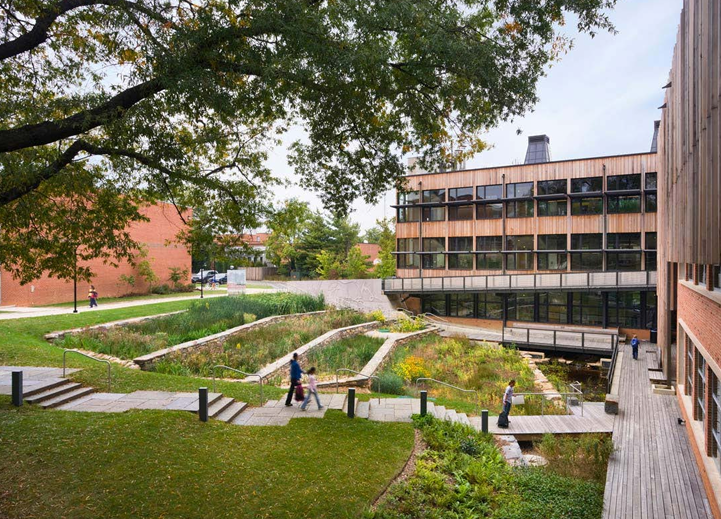
What are the performance benefits of Landscape architecture and sustainable design?
For Environmental?
Environmental:
Prevents over 317,900 gallons of water waste from entering the District of Columbia’s overburdened sewer system, saving $1,687 in Sewage service charges.
Reduces potable water consumption by an average of $8,500 gallons per month. This is helped by reusing treated wastewater to flush toilets.
Captures 68% of all rainfall from a 1-year storm, 9,820 gallons, in the green roof in the middle of the school’s addition.
Prevents over 100 tons of material from entering landfills by utilizing 8,000 board feet of reclaimed wood and 77.5 tons of reclaimed stone for decking, walls, and stairs.
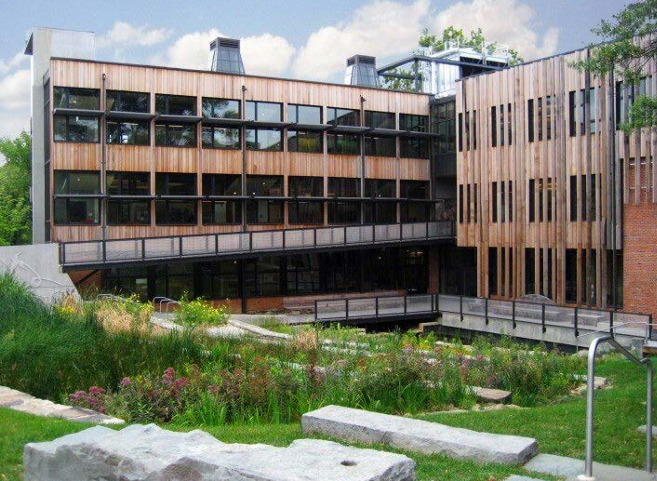
What are the performance benefits of Landscape architecture and sustainable design?
For Social?
Social:
Promotes environmental awareness with over 10,000 visitors touring the site in the first five years.
Over half of all the tours were led by 8th-grade students.
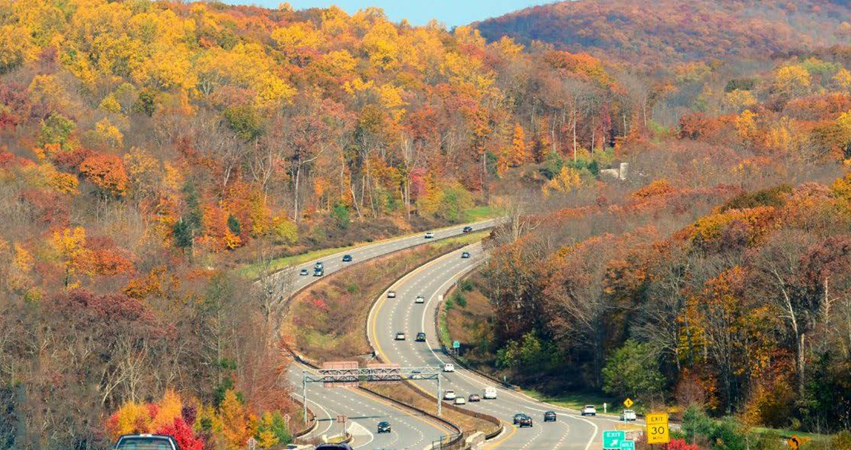
The Parkway:
Define a Parkway
It is a type of roadway or throughfare designed to provide a scenic and pleasant driving experience.
Parkways often feature landscaped medians, trees, and other foliage, as well as scenic views of natural or historical landmarks.
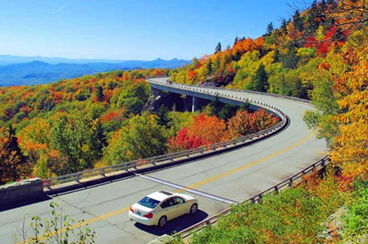
The Parkway:
Describe how a parkway may be beneficial to the urban and built environment.
These parkway designs may also have dedicated bike paths, walking trails, or other amenities for recreational use.
Unlike a typical urban or suburban street, parkways are intended to provide a more relaxed, natural setting for drivers and pedestrians.

The Parkway:
What is the most famous of these parkways?
Name two famous Parkways:
In the United States, many of these scenic parkways were built in the early 20th century.
The Blue Ridge Parkway in Virginia and North Carolina.
The George Washington Memorial Parkway in Virginia and Maryland.
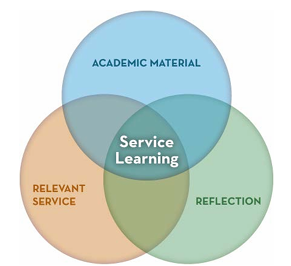
What is Service Learning?
Define service learning:
It is an educational approach that combines community service with academic instruction, focusing on both the service provided and the learning experience for the students involved.
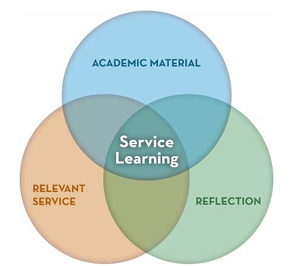
Service Learning:
How does service-learning help students?
In the context of Landscape Architecture:
Service learning can play an important role in enhancing students.
Provides an understanding of the profession and preparing them for a career that is rooted in serving communities and improving the built environment
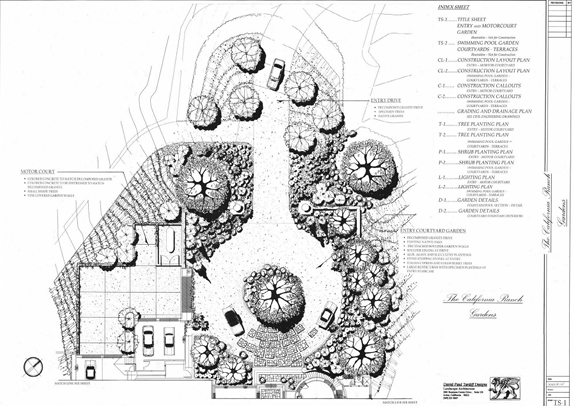
What does service learning provide for students?
Service learning provides students:
The opportunity to apply their knowledge and skills in real-world settings.
By working on an actual project and engaging with community members.
Students will also gain a deeper understanding of the challenges and opportunities involved in creating sustainable and livable landscapes.

Service Learning:
Define collaboration in service learning:
Service-learning projects involve:
Collaboration between students, faculty, and community partners.
This experience helps students develop important teamwork and communication skills that are essential in the profession.
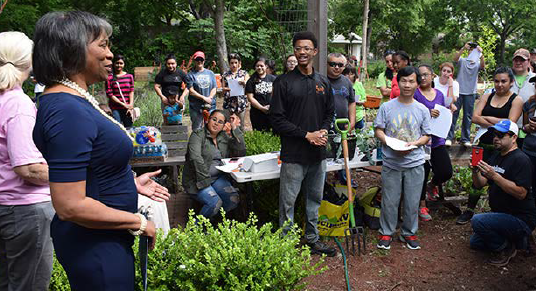
Service Learning:
Define community Engagement in service learning:
Service-learning projects typically involve:
Working with community organizations or stakeholders.
Allowing students to engage with diverse groups of people and gain a deeper understanding of their needs and perspectives.

Service Learning:
Define Ethical Considerations in service learning:
Service-learning projects typically involve:
Balancing environmental and social concerns.
Working with limited resources and considering the long-term impact of design decisions.
These experiences help students develop a sense of responsibility and ethics that will serve them well in their future careers.
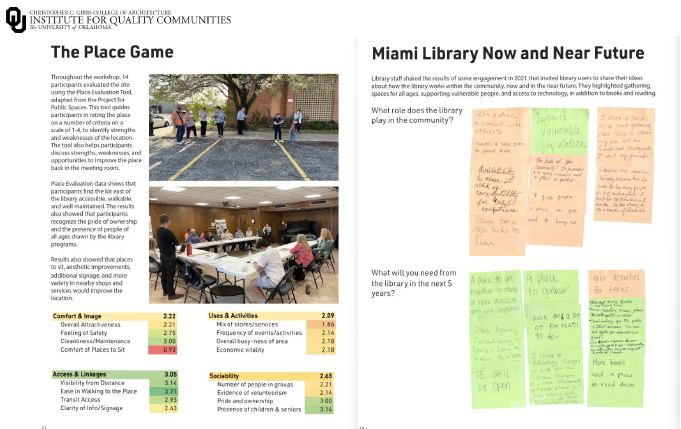
Service Learning:
Define community engagement strategies for engaging with a community.
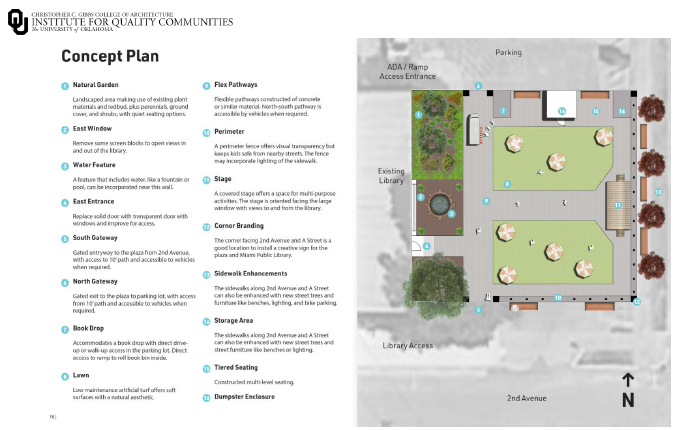
Service Learning:
Define community engagement strategies for engaging with a community, using visual representation.

What does GIS stand for?
GIS Stands for:
Geographical Information Systems.
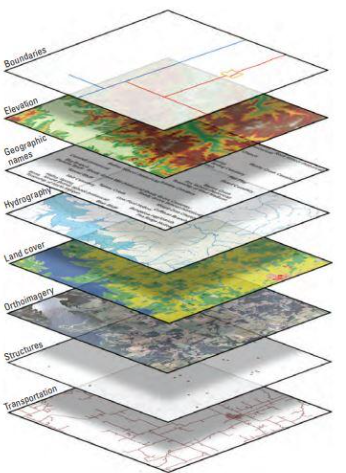
What is GIS?
Define what GIS is:
GIS stands for Geographical Information Systems:
It is a computer-based system that is designed to capture, store, manipulate, analyze, and display spatial or geographical data.
GIS allows users to work with a wide variety of different data types, including maps, aerial photographs, satellite imagery, and various forms of location-based data.
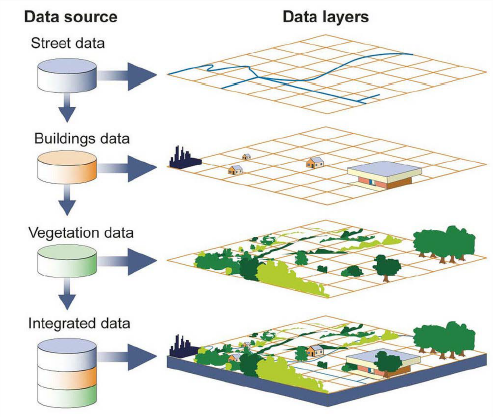
What is GIS?
How can GIS enable users to create their maps?
GIS software enables users:
To create, edit, and manage data in a spatial format.
The system uses a series of layers, each representing a different type of data, which can be combined to create a comprehensive view of a geographical area.
These layers include:
(Roads, Waterways, Vegetation (Trees), Land Topology, and Buildings).
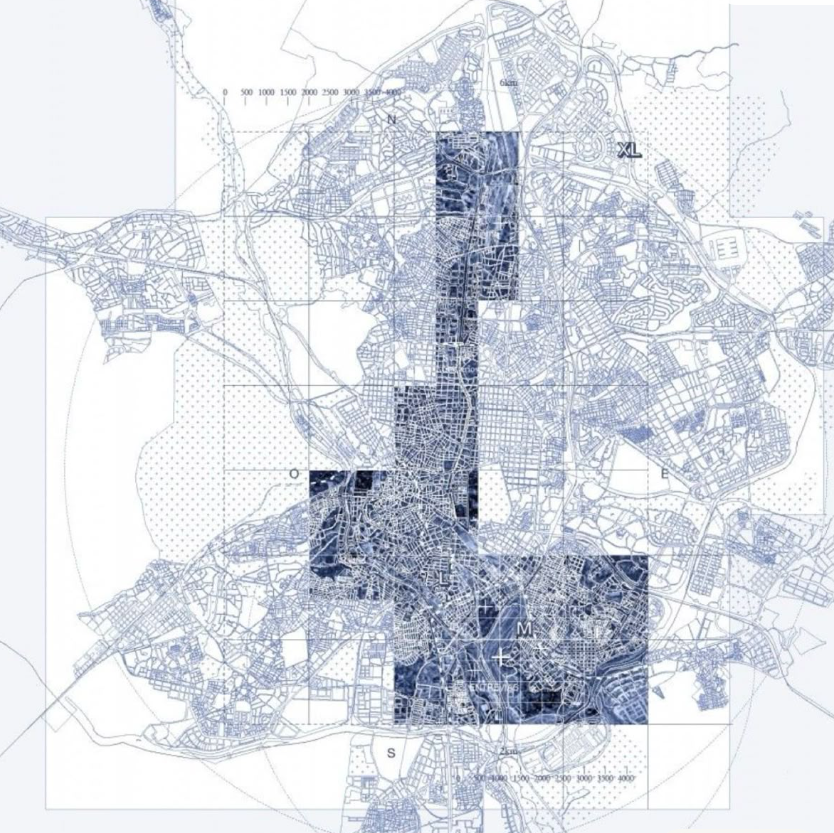
What is GIS?
What is an example of GIS data mapping?
For example:
A GIS system might be used to combine data layers showing the location of Roads, Buildings, and natural and landscape features such as Rivers, Forests, and topography to create a detailed map of the area.
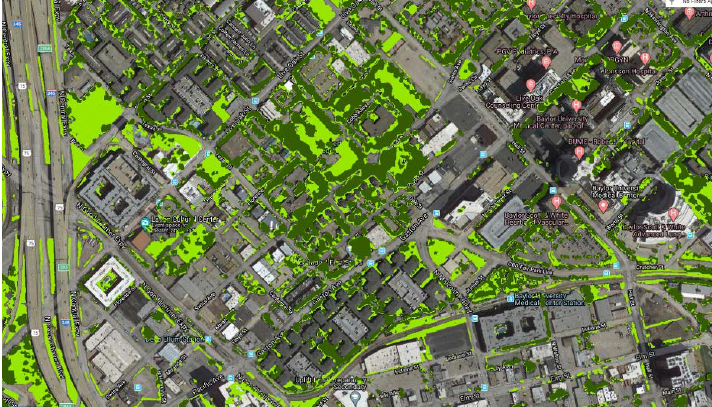
What does this image represent?
Visualizes Green Vegetation in the Dallas, Texas Metropolitan area
Light green areas represent grassy areas
Dark Green areas represent Forest or Tree Growth.

What is GeoDesign?
Define GeoDesign:
It is an Interdisciplinary field that combines the principles of urban design, landscape Architecture, and geography with advanced technology to plan and design sustainable built environments
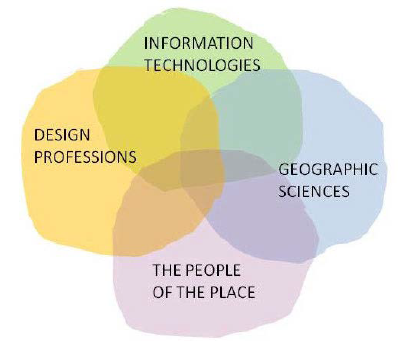
What is GeoDesign?
What does GeoDesign involve?
GeoDesign Involves:
The use of Geospatial data, Mapping tools, and computer simulations to analyze and visualize the impact of design decisions on the natural and built environment.
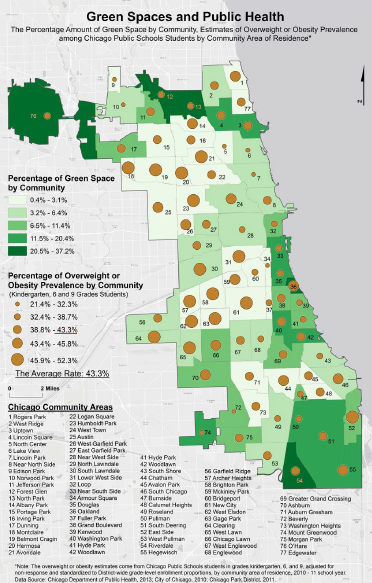
Describe how GIS helped design the project shown:
Who is the Designer?
Designer:
James Wong (Shizhi Huang)
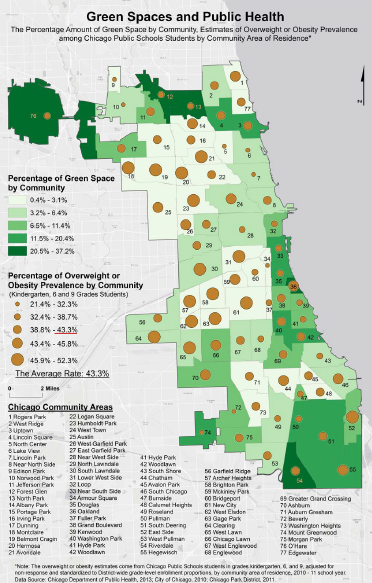
Describe how GIS helped design the project shown:
Describe the Project:
Created this map in GEO 344- GIS III:
Spatial Analysis for Sustainability. The map combines a number of different techniques to explore the relationship between Chicago’s green spaces and indicators of public health.
Parks and open green space offer recreational and ecological benefits and are commonly regarded as elements of the urban environment that promote physical activity and reduce obesity risk.
For this map, the amount of green space
(vegetation) was extracted from
from satellite image.
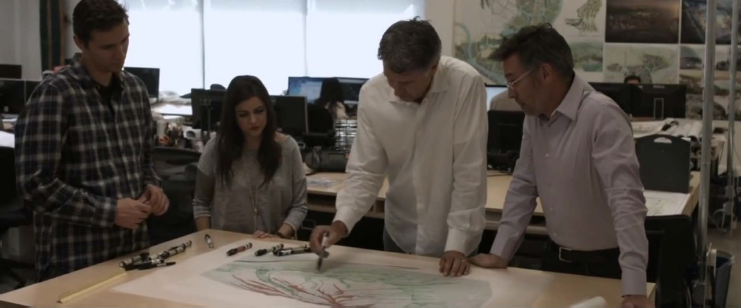
Landscape Architecture (Practice):
Define The Practice of Landscape Architecture:
It is a business model in which a landscape Architect operates independently or as part of a firm to provide design, planning, and management services for various types of outdoor spaces.
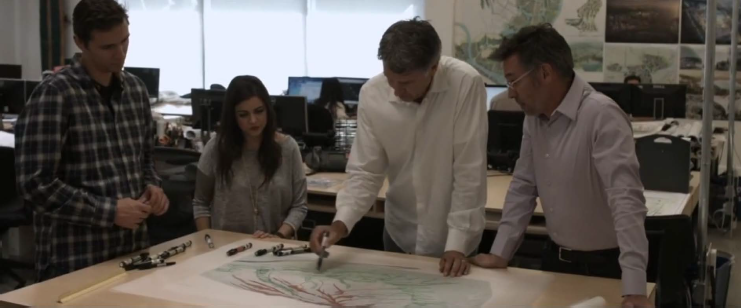
Landscape Architecture (Practice):
What kind of Projects does the Practice of Landscape Architecture involve?
Projects include:
Parks
Gardens
Public spaces.
Residential Landscapes.
Commercial Properties.
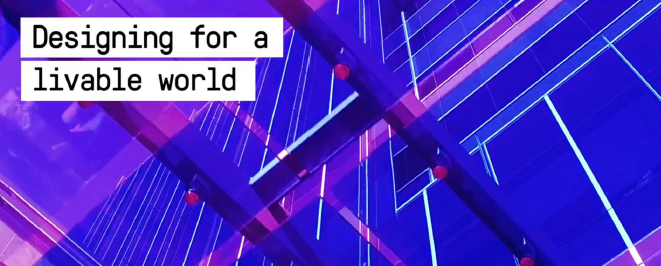
Landscape Architecture (Practice):
What does the Practice of Landscape Architecture Involve?
The Practice of Landscape Architecture Involves:
Not only designing and implementing outdoor spaces but also managing the business side of the practice.

What kind of business practice does the Practice of Landscape Architecture Involve?
Business Practices of Landscape Architecture Include:
Business, Managing Finances, negotiating contracts, and managing staff and projects.
It also requires:
A combination of design talent, business awareness, and project management skills.
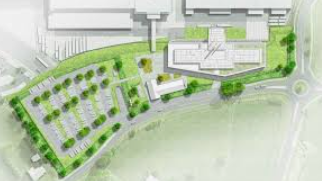
Landscape Architecture (Practice):
Define the types of (Private Practice Firms):
Types of Private Practice Firms:
“Pure” Landscape Architecture Practice
Multidisciplinary Firm
Landscape Architecture (Practice):
Define the “Pure” Landscape Architecture Practice (Firm):
It is a business that exclusively offers services in the field of landscape architecture.
This means that the firm focuses solely on designing, planning, and managing outdoor spaces
Landscape Architecture (Practice):
Define the Multidisciplinary side of Landscape Architecture (Firm):
The purpose of a multidisciplinary firm is to provide clients with a wide range of services and expertise under one roof.
This is designed to lead to a more efficient and integrated project delivery.
Landscape Architecture (Practice):
Who are the design professionals who work in a Multidisciplinary (Firm):
Architects
Landscape Architects
Interior Designers
Urban Designers
Structural Engineers
Civil Engineers.
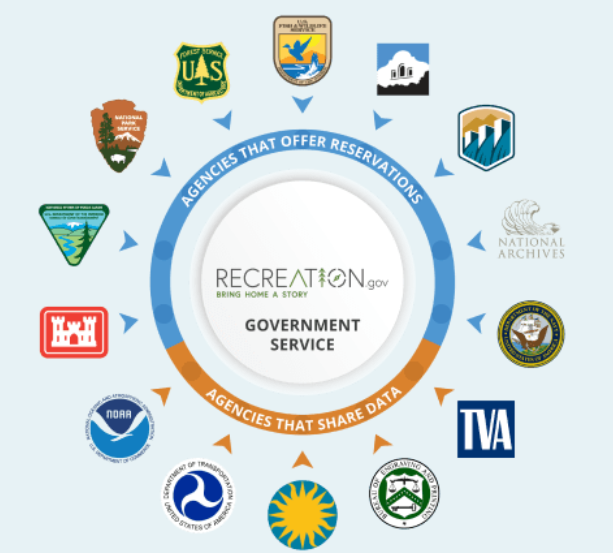
Landscape Architecture (Practice):
Define Landscape Public Agencies:
Refer to Governmental bodies or Organizations responsible for the Planning, designing, managing, and maintaining public outdoor spaces and natural landscapes.
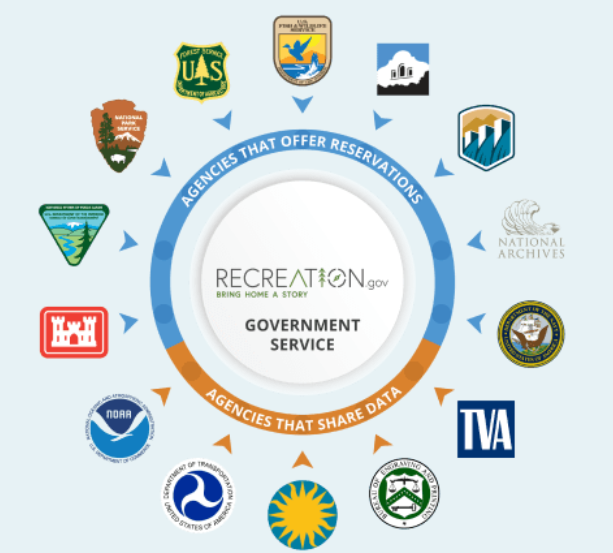
Landscape Architecture (Practice):
Describe the role of Public Agencies and the projects they manage:
These various Governmental agencies are typically established at the local, regional, state, or national level.
They also play a critical role in shaping the built and natural environment within their jurisdiction by (Environmental law)
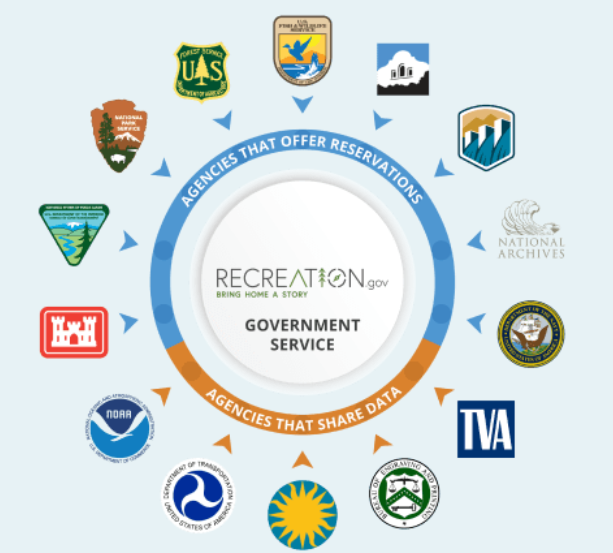
Landscape Architecture (Practice):
List a couple of Landscape Public Agencies:
The Department of Transportation (DOT)
The Department of Environmental and Conservation
The Department of Urban Planning and Development
The Department of Historical Preservation
The Department of Water and Resource Management
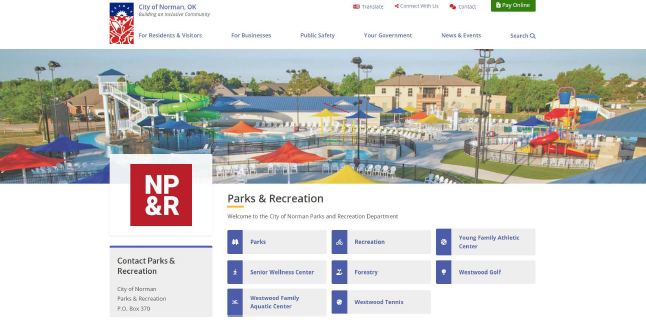
Describe the role of Parks and Recreation Departments:
They are Responsible for the planning, design, development, and maintenance of public parks, trails, greenways, and other recreational areas.
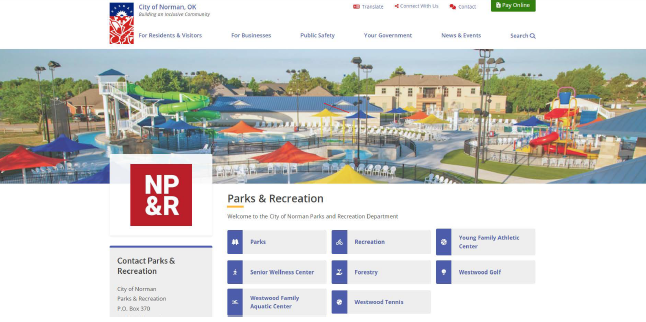
Landscape Architecture (Practice):
Describe the role of Parks and Recreation Departments and the projects they manage:
They are also responsible for overseeing open public spaces, playgrounds, and sports fields.
They may also manage urban forests and work to ensure that these areas are accessible, safe, and well-maintained for the public to enjoy.
{My friend Kohei oversees open public spaces in Osaka, such as playgrounds and sports fields. He also manages the urban forest, ensuring it provides a safe, accessible, and well-managed area for visitors to enjoy.}

Landscape Architecture (Practice):
Define the Department of Transportation (DOT):
The Department of Transportation is involved at various levels of government, Such as Local, State, Regional, or National.
They are responsible for the Planning, Designing, and Managing of Public Transportation infrastructure projects.

Describe the role of The Department of Transportation (DOT) and the projects they manage:
The Department of Transportation manages projects involving:
Roadways
Highways
Streetscapes
Sidewalks
Bikeways.
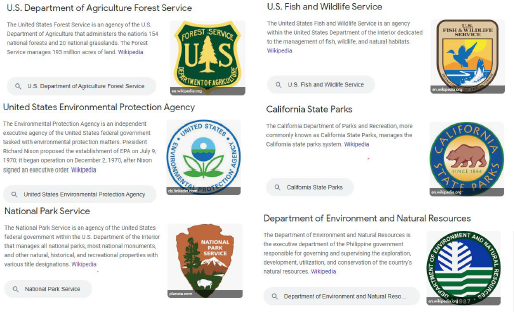
Landscape Architecture (Practice):
Define the Department of Environmental & Conservation:
They are responsible for the conservation, preservation, and management of natural resources.
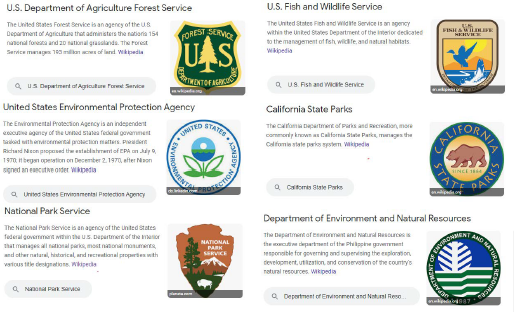
Landscape Architecture (Practice):
Describe the role of the Department of Environmental & Conservation, and the projects they manage:
They are responsible for:
Forest
Wetlands
Rivers
Coastal Areas

Define The Department of Urban Planning and Development:
They are Responsible for the development and implementation of urban planning policies and regulations, including land use planning, zoning, and development review.

Landscape Architecture (Practice):
Describe the role of The Department of Urban Planning and Development: and the projects they manage:
Landscape Architects are involved:
In the designing and reviewing process of public open spaces, streetscapes and public realm improvements as part of urban planning and development initiatives.

Landscape Architecture (Practice):
Define The Department of Historical Preservation:
They are Responsible for preserving and managing historical sites, cultural landscapes, and heritage areas.

Landscape Architecture (Practice):
Describe the role of the Department of Historical Preservation and the projects they manage:
Landscape Architects are involved:
The preservation and restoration of historic landscapes, including designing landscape improvements compatible with the historic context.
Character of the site, safety of the visitors, and the wildlife.
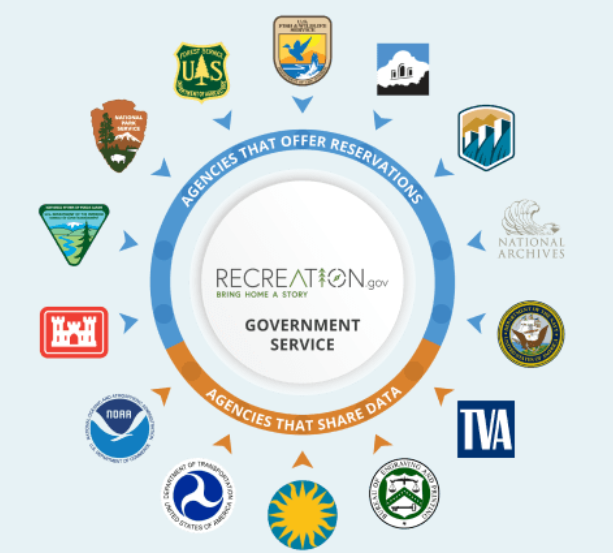
Name a Public Agency that hires Landscape Architects
The Department of Urban Planning and Development
The Department of Historical Preservation
The Department of Water Resources and Management
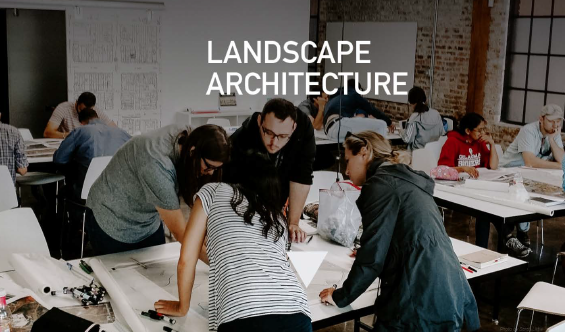
Design Education:
Define Design Education in Landscape Architecture
It is a field of study that focuses on teaching students how to plan, design, and manage outdoor spaces.

Design Education:
What does Design Education in Landscape Architecture Involve?
Involves:
The combination of Art, Science, and Technology to create functional and aesthetically pleasing outdoor environments.

Design Education:
What are students taught through the of program?
In the Program Students learn about various topics, including:
Horticulture
Plant Identification
Ecology
Sustainability
Land use planning
Urban Design
Site Engineering
Construction Methods
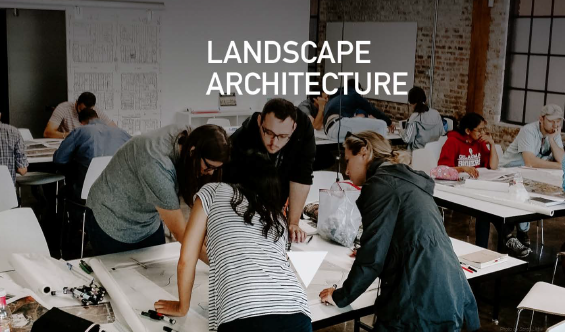
What are students also taught how to use the design software as part of the program?
Yes!
Students are also taught how to use design software and tools.
And the importance of how to develop their design skills through studio-based coursework

What does the program aim to achieve?
To prepare students to work as professional landscape architects who can design a wide range of outdoor spaces.
Graduates of landscape programs may work in a variety of settings, including private design firms, government agencies, and nonprofit organizations, or as independent consultants
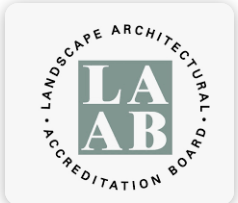
What is the Landscape Architecture Accrediting Board (LAAB)?
It is an organization that accredits first professional programs in landscape architecture in the United States and its territories.
LAAB helps ensure that programs meet specific standards and requirements for delivering high-quality landscape architecture education.

What is the Council of Landscape Architects Registration Boards (CLARB)?
It is a nonprofit organization that works to protect the public’s health, safety, and welfare by establishing and promoting professional licensure standards for Landscape Architects.

What is the American Society of Landscape Architects (ASLA)?
Founded in 1899
Is the National Professional Association representing Landscape Architects
Promotes the Profession and advances its practice through advocacy, education, communication, and fellowship
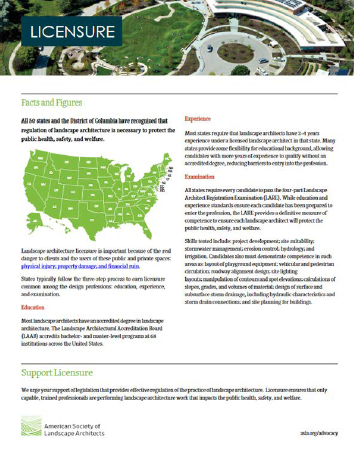
Licensure for Landscape Architects:
How is the Licensing for Landscape Architects managed?
It is managed by each state’s licensing board, which sets the specific requirements for education, experience, and examination that individuals must meet to become licensed.
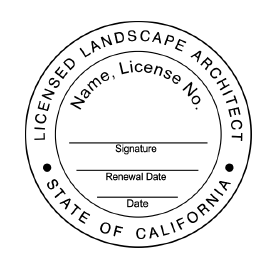
Licensure for Landscape Architects:
Are Landscape Architects Required (By law) to be Licensed to Professionally Practice?
Yes!
Landscape architects in the United States are typically required to be licensed to practice professionally
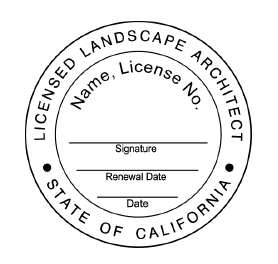
Licensure for Landscape Architects:
What is the Licensing Process for Landscape Architects and what is required?
In most states, the licensing process for landscape Architects includes:
Completing a professional degree program in landscape architecture from an accredited institution.

Licensure for Landscape Architects:
What is the Professional Degree?
Professional degree:
The curriculum that leads to the degree meets a specific standard and is accredited by the Landscape Architecture Accreditation Board (LAAB)
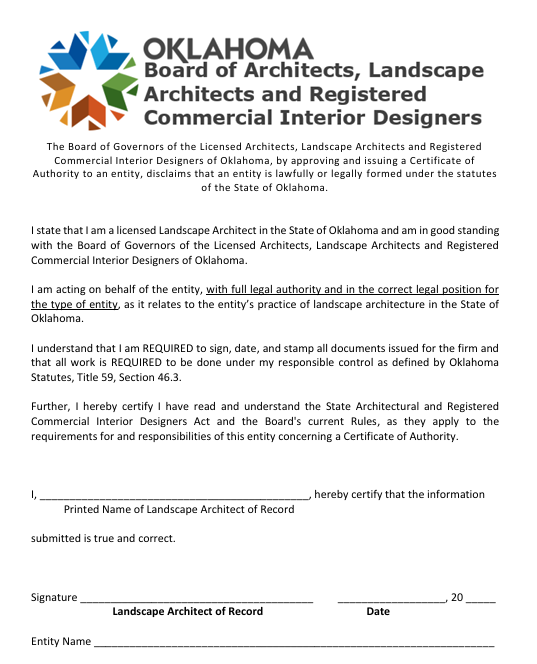
In terms of Professional Licensure of Landscape Architects:
What is a Title Act?
It is a type of legislation that regulates the use of a specific title or professional designation, such as
“Landscape Architect”
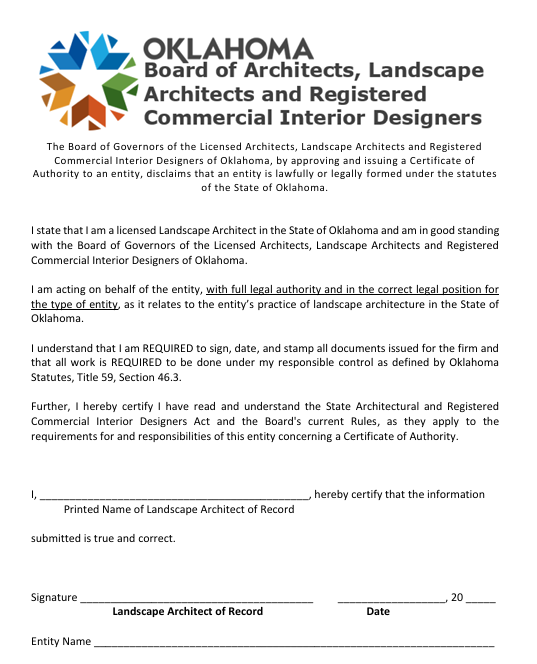
In terms of Professional Licensure of Landscape Architects:
Why is the Title Act Important in the context of Landscape Architecture?
In the context of landscape architecture:
It is a law that restricts the use of the title “landscape architect” to individuals who have met certain qualifications and obtained a license to practice the profession.
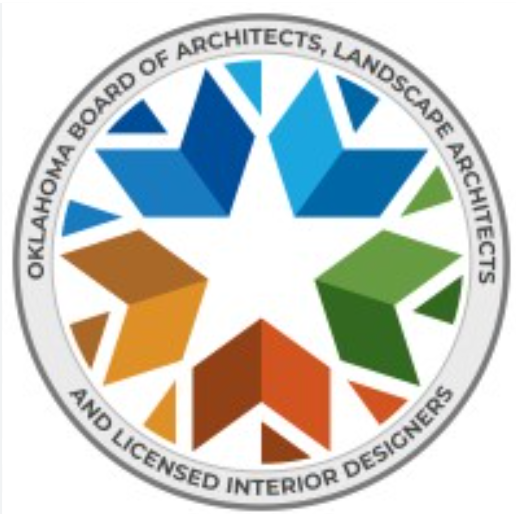
In terms of Professional Licensure of Landscape Architects:
Name at least three steps towards Licensure that Landscape Architects must follow:
Steps to Licensure:
Degree Accredited by LAAB
Work experience with a licensed landscape Architect
Pass the LARE (Landscape Architects Registration Exam)
Once licensed, many states require continuing education every year.
Licensure occurs at the state level, but the exam is a national one.
The exam is administered by the Council of Landscape Architects Registration Boards (CLARB)
Which state became to first to License Landscape Architects?
In 1953, the state of California became the first U.S. state to License Landscape Architects.
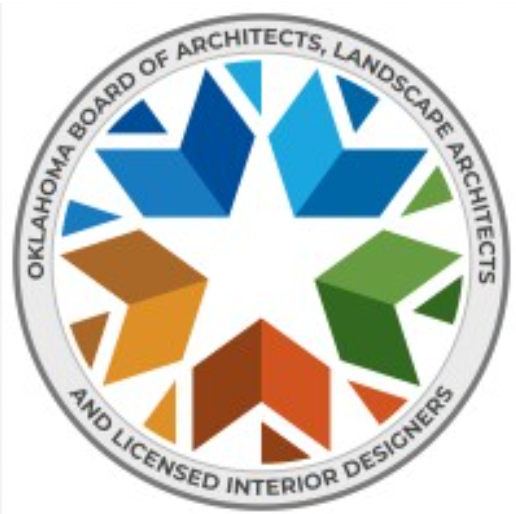
The Landscape Architect Registration Examination (LARE):
What are the four Sections of the Landscape Architect Registration Examination (LARE)?
Section 01:
Project and Construction Administration
Section 02:
Inventory and Analysis
Section 03:
Design
Section 04:
Grading, Drainage, and Construction Documentation
NOTE:
In the State of Oklahoma, there are two additional tests:
Plants in the Region
State of Oklahoma Acts and Rules
Landscape Architecture Trends:
Define the Term Landscape Architecture Trends
Refers to the current and emerging developments and patterns in the practice of landscape Architecture.
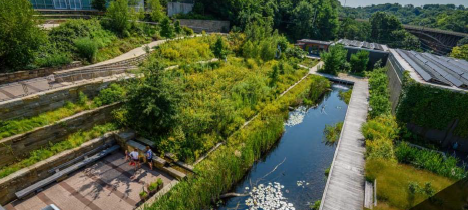
Landscape Architecture Trends:
How do these trends reflect the way Landscape Architects work?
Reflect changes in the way that landscape Architects approach their work, respond to new challenges and opportunities, and incorporate new ideas and technologies into their designs.
What are the seven 7 Landscape Architecture trends mentioned in Class?
Being “Green”
Smart Technology
Social Equity
Urbanization
Climate Change
Human Health
The Value of Nature
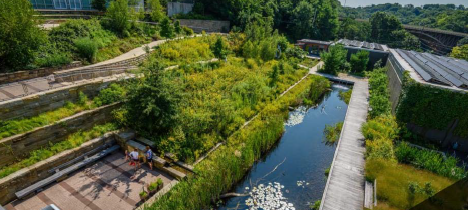
The seven 7 Landscape Architecture trends:
Define the trend: Being “Green”
Refers to designing and implementing environmentally sustainable practices in the planning, designing, and maintaining of outdoor spaces.
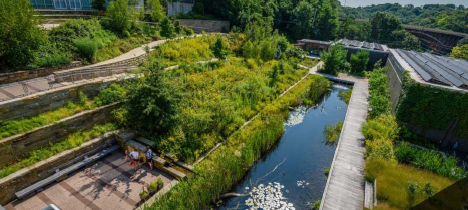
The seven 7 Landscape Architecture trends:
What does the trend of being “Green” involve in design?
Involves minimizing negative environmental impacts while maximizing the Positive benefits of landscapes.
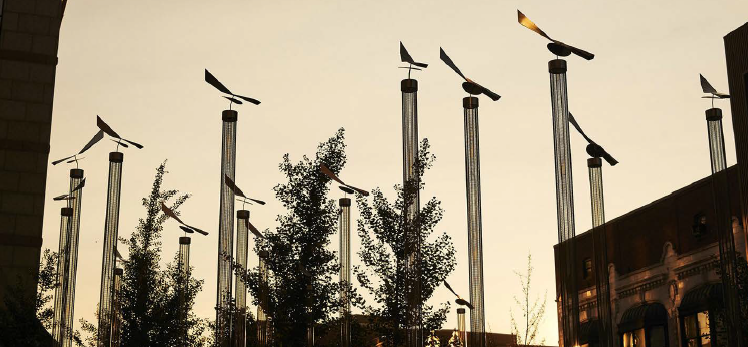
The seven 7 Landscape Architecture trends:
Define the trend: “Smart Technology”
It is a design strategy that involves incorporating smart technology into a design project.
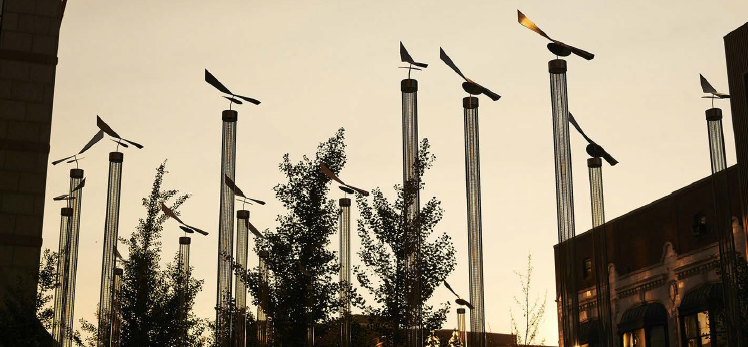
The seven 7 Landscape Architecture trends:
What does the trend of Smart Technology involve in design?
It involves using lighting systems that adjust to changing conditions, irrigation systems that respond to weather patterns, and interactive features that engage users in new ways.
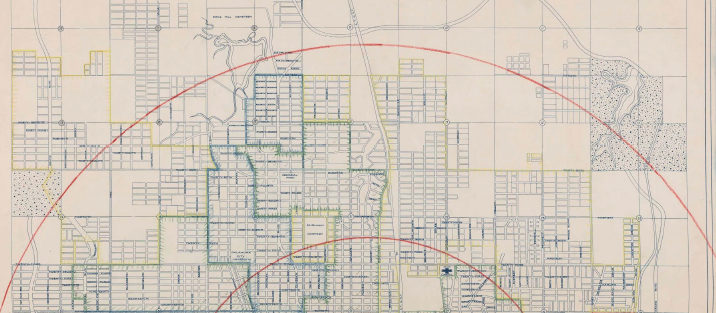
Define the trend: “Social Equity”
Landscape architects are increasingly focused on designing outdoor spaces that promote social equity and address issues of social justice.
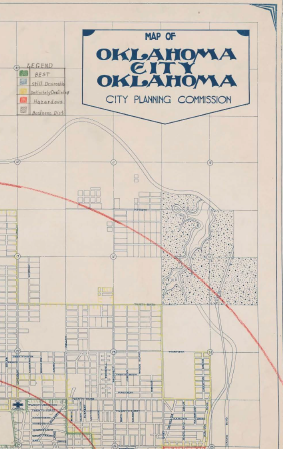
The seven 7 Landscape Architecture trends:
What does the trend of Social Equity involve in design?
It involves creating public spaces that are safe and welcoming for all users, including marginalized communities.

The seven 7 Landscape Architecture trends:
Define the trend: “Urbanization”
More people are living in urban areas
UN predicted (1999) that by 2030, over 60% of the global population would be living in cities
How can cities with rising populations be shaped to ensure that human health and well-being and the environment are not compromised?

The seven 7 Landscape Architecture trends:
What does the trend of Urbanization involve in design?
Landscape Architects will also play a role in “greening” cities by designing meaningful and valuable open space systems
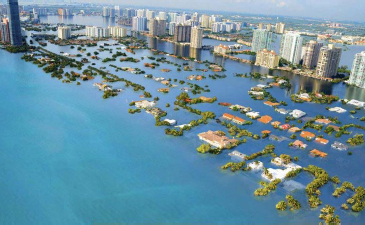
The seven 7 Landscape Architecture trends:
Define the trend: “Climate Change”
More than half of the US population lives in coastal areas
Coastal Cities are more likely to deal with weather events will continue to be important.
Changing weather patterns, such as Storms, hurricanes, and rising sea levels, are more likely to become a daily reality.
Landscape Architects Must work with engineers, planners, and ecologists to address the issue and find a solution.
The issue related to Climate change is not a political issue. But an environmental-related issue.
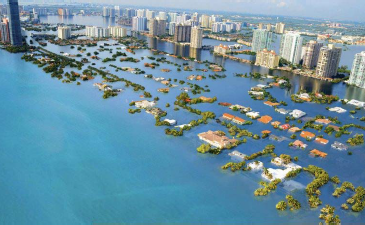
The seven 7 Landscape Architecture trends:
What does the trend of Climate Change involve in design?
Design Strategies to Combat the Climate issue:
Reduce emissions of greenhouse gases
Growing interest in carbon sequestration Certain plants and soils are “sinks” that can store carbon in roots and soil.
Using plants and soils is one of the most cost-effective ways to deal with greenhouse gases

The seven 7 Landscape Architecture trends:
Define the Positive Influences of the trend: “Human Health”
The Positive Influences:
Outdoor environments have positive influence on health was at the core of why the profession was founded
Children who spend time outside do better academically and are healthier

The seven 7 Landscape Architecture trends:
Define the Negative Influence of the trend: “Human Health”
The Negative Influences:
“Nature deficit disorder”
Attention difficulties
Diminished sense of wonder and curiosity
Childhood obesity
Mental and emotional illnesses

The seven 7 Landscape Architecture trends:
What does the trend of Human Health involve in design?
Healing Power of the Natural Environment:
Exposure to natural environments /natural views improves our ability to heal, reduces stress
In a neighborhood can reduce crime, produce stronger ties between neighbors, and foster a greater sense of safety

The seven 7 Landscape Architecture trends:
Define the trend: “The Value of Nature”
Planting Vegetation that cleans the air by ridding it of pollution impurities.
Planting Vegetation and soil that aids in the cleaning and purifying water.
Wetlands mitigate flooding
Plants help modify temperatures and humidity
These benefits of the natural environment and what we can use them are called ecosystem services

What does the trend of The Value of Nature involve in design?
Involves:
Planting trees to generate oxygen, recycle water, and remove impurities from air pollution.
The Sustainable Sites Initiative and LEED are helping developers understand these benefits
These benefits of the natural environment and what we can use are called ecosystem services
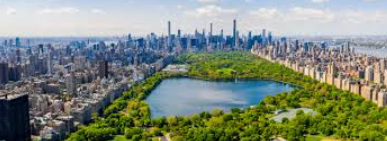
Who designed Central Park in New York City, NY?
Landscape Architect:
Frederick Law Olmsted is Credited for the design of Central Park in New York City in the 1850s-1860s.
